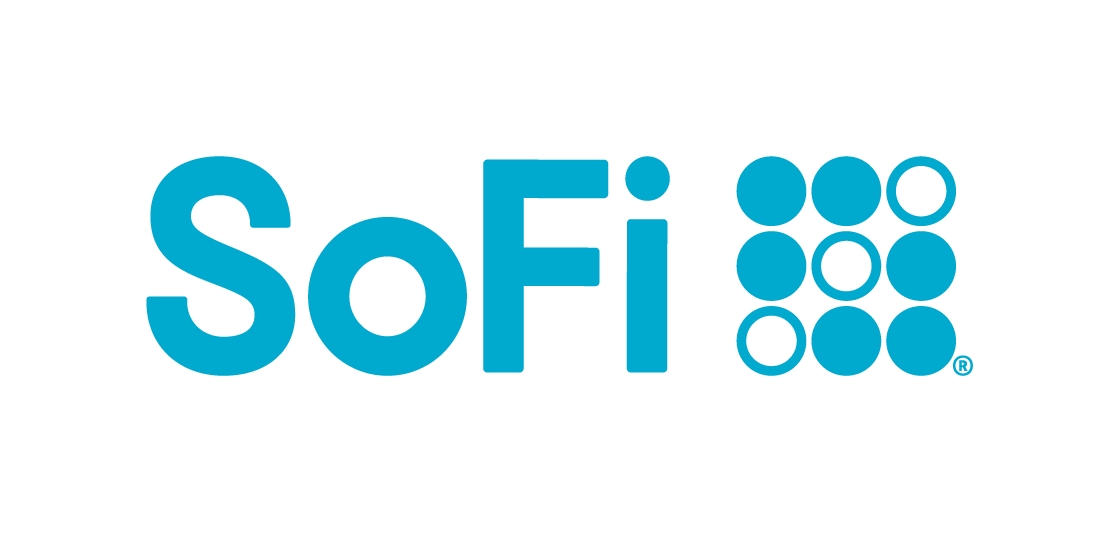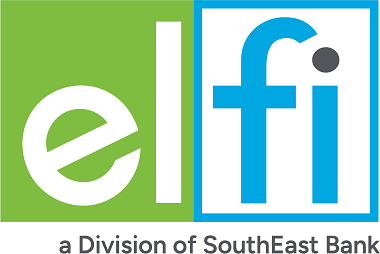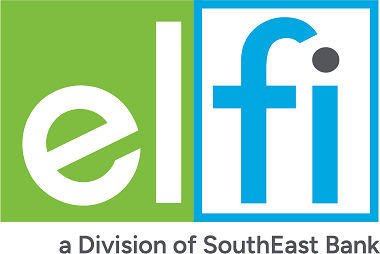Making the leap from high school to college is an exciting adventure, but it can also feel overwhelming, especially when you think about tuition, housing, and other expenses. The good news? There are plenty of opportunities to help ease those financial worries. With the right support, you can chase your dreams and focus on your future without letting costs stand in your way.
Funding your college education can be confusing while trying to navigate your way between grants, scholarships, and loans. These terms might seem interchangeable when trying to understand the financial options available to you, but the simple answer is grants and scholarships are gift-money that does not been to be paid back, whereas student loans are borrowed money that is required to be paid back.
Student Loans vs Scholarships
When it comes down to it, you are the only one who can decide what financial path is best for you.
Scholarships are free money that generally does not need to be paid back. They can require more effort and you are not guaranteed to be the winner but can be extremely beneficial to offset the cost of college should you be successful in receiving one or more.
Student loans are borrowed money for college that must be repaid typically with interest. You can borrow from either the federal government or from a private lender. Paying your loans on time will help you build credit. While the amount of money to cover the costs of college can be daunting, always keep in mind that this is an investment in your future that will ultimately help you to achieve your goals.
What is a Scholarship?
A scholarship award is money given to selected students who meet the requirements set out by the scholarship program. Scholarships can come from either public or private organizations, local or state governments, or schools themselves. These can be awarded based on academic or athletic ability, field of study, area of service, demonstrated leadership skills, or specific talents. Grants are typically awarded to students with financial need. Either way, a grant or scholarship, is money that generally does not have to be paid back and is considered gift-aid.
Scholarships can be full-ride scholarships that pay most, if not all tuition, room and board, food, books, and other living expenses, while other scholarships award a set money amount ranging anywhere from a couple hundred dollars to much as $50,000 or more. But when it comes to money you receive from gift-aid, a dollar awarded is better than a dollar borrowed.
How to Get a Scholarship
When applying for scholarships, carefully read the directions, ensure you meet all the eligibility criteria, and complete each part of the application. Some scholarships through your school may require you to complete the Free Application for Federal Student Aid (FAFSA®), but many merit-scholarships are not contingent on your family finances. Merit scholarships are awarded for work you have completed during your high school career such as GPA, ACT/SAT scores, artistic or music ability, talents or skills, or community involvement.
You should meet all the requirements and turn in your application by the due date. Remember, the odds are you will not win every scholarship you apply for, but that just means you need to apply to as many scholarships as possible to increase your chances of winning. You could also look for no-essay sweepstakes scholarship opportunities, like our scholarships.
There are no caps on how many scholarships you may receive. It is possible to win more scholarships than the total cost of attendance. However, you may run into issues with your financial aid at your school. Your school cannot allow you receive financial aid in excess of your school’s set cost of attendance. The financial aid office will adjust your other financial aid to accommodate scholarship.
If you do end up receiving more scholarship money than you need, contact the scholarship provider to discuss the award policy. You may want to ask if you can defer your award for a year or have the funds placed in a free college savings plans for future education costs.
Scholarships From Our Partners
- Apply to 5 scholarships at sign up
- 100% free for students
- No essay required
- Four $1,000 winners monthly
What is a Student Loan?
Student loans are money you borrowed from either the federal government or a private lender to help cover the cost of college. This money is a loan and as such, you are required to pay it back with interest and sometimes fees. Student loans payments are generally deferred while you are in school to allow you to focus on your education, with your first payment typically due about six months after graduation or after your attendance drops to less than half-time enrollment.
Grants and scholarships may not always be able to fully cover the cost of attendance. Loans may be an option to help you cover all your costs as a student, but make sure you are aware how you are using the money. Only borrow what you need to cover the costs of your education. Loans should be used to cover gaps in financial aid that are not covered by gift-aid. Borrow smart and only borrow what you need.
Federal vs. Private Student Loans
Federal loans may be offered in your student aid package upon completion of the FAFSA. With federal student loans, your lender is the U.S. Department of Education. The terms and conditions for these loans are non-negotiable and are set by law. Federal student loans are known to have many borrower benefits, such as fixed interest rates and income-driven repayment plans.
Private student loans can be borrowed through private lenders such as banks and credit unions. Loan terms and limits are set by the lender, which means you may have more options than the terms and limits set by federal student loans. For example, you might be able to choose between a variable or fixed interest rate, which may be higher or lower than the fixed rate set by the federal government.
While there may be more attractive rates and terms when it comes to private loans, there are fewer repayment options if your circumstances change. Federal loans offer several different kinds of repayment options to work with borrowers, especially when life doesn’t go as planned.
Types of Federal Student Loans
There are a few different types of federal student loans, such as, Direct Stafford Subsidized Loans, Direct Stafford Unsubsidized Loan, and Direct PLUS Loans. Federal loans are often the best place to start when it comes to student loans. These loans include certain benefits that you may not receive with private student loans, such as generous deferment periods and forbearance, repayment plans based on your income, and public service loan forgiveness for those who qualify.
The Direct Stafford Subsidized Loan is considered a need-based loan available only to undergraduate students. These loans have a fixed interest rate as determined by Congress. The interest rate is the cost of borrowing money. The federal government will subsidize this type of loan by paying the interest on the loan while you are enrolled in school at least half-time, during the loan’s grace period, and during periods of authorized deferment.
A Direct Stafford Unsubsidized Loan is a student loan for undergraduate and graduate students and is not a need-based student loan. Your expected family contribution (as determined by the FAFSA) will not be used by the school when determining your eligibility for this loan. However, your cost of attendance, other awarded financial aid, and loan limits, will be considered when determining your eligibility of this loan.
Interest begins to accrue (or add up), from the time loan is disbursed, and the responsibility to repay all accrued interest is yours. Unsubsidized loans do not enter repayment until you finish your program, drop below half-time enrollment, or leave school and the six-month grace period for the loan has elapsed. You always have the option to make payments while you’re in-school, including small payments to cover accruing interest – and this is highly encouraged!
PLUS Loan is a federal student loan offered to parents of dependent undergraduate students and graduate or professional students. Prospective borrowers of a PLUS loan will need to complete a PLUS Loan application and authorize a credit check. The credit check doesn’t review a borrower’s credit score, it’s looking to see if the borrower has adverse credit as determined by the U.S. Department of Education. PLUS Loans will have the highest interest rates and origination fees when compared to other federal student loans.
Parent PLUS Loans are available to the parents of dependent (as determined by the FAFSA) undergraduate students to help their child pay for college. In order to borrow a PLUS Loan for a child, you must be a biological or adoptive parent—however, there are some situations where a stepparent may be eligible. Other family members or guardians are not able to borrow a PLUS Loan for a child. Parent PLUS borrowers are limited in their repayment options of their Parent PLUS Loan.
Grad PLUS Loans are available to graduate students to help pay for graduate or professional schools.
How to Get a Federal Student Loan
You must complete the FAFSA in order to apply for a federal student loan, because federal student loans are offered by the federal student aid program. These may be included in your student aid package after you complete the FAFSA. When you fill out the FAFSA, you are also applying for federal grants, state, and institutional aid.
You can file the FAFSA in October for a term that begins after the following July. This may seem premature but completing the FAFSA as early as possible allows you to qualify for the most money. Since your FAFSA may be used to apply for state and institutional aid, you want to determine your earliest FAFSA due date—some states are first-come, first-served. Even if you do not think you will qualify for federal money, not all federal student aid is need-based. For example, a Direct Unsubsidized Loan does not consider financial need.
If you are a parent of a dependent undergraduate student, or a graduate or professional student, who wants to borrow a Direct PLUS Loan, the borrower will need to complete an additional Direct PLUS Loan application at StudentAid.gov. If you want to borrow a Direct PLUS Loan, you must authorize the U.S. Department of Education to run a credit check. This credit check is only looking to see if you have adverse credit, as defined by the U.S. Department of Education; the credit check is not looking at your credit score or debt-to-income ratio.
Private Student Loans
Private student loans can be useful for when there are gaps in your funding that are not covered by gift-aid or federal loans. Depending on your eligibility (with or without a cosigner), you may be able to borrow up to your cost of attendance minus other financial aid received. Just because you are receiving federal money does not mean that all your costs of college will be covered If you need to borrow a private student loan, make sure to do your research. Compare terms, interest rates, and choose a lender that best fits your needs.
How to Get a Private Student Loan
If you want to borrow a private student loan, you will need to choose a lender and apply. There are many sites which allow you to easily compare multiple lenders at one time, like our Lender Compare Wall. Loan terms and repayment options are based on your credit, or of your cosigner, if applicable.
Your lenders credit check will review your credit score and history, debt-to-income ratio, and employment history. It will vary between lender, but lenders generally require at least a FICO credit score of 670, a good debt-to-income ratio, and at least two years of employment history. Many college students may need a cosigner to help them qualify for a private student loan. If you don’t have a cosigner to help you qualify, your options may be more limited, but you may still have some.
Shop around for the loan and lender that has the best terms based on your needs.



























